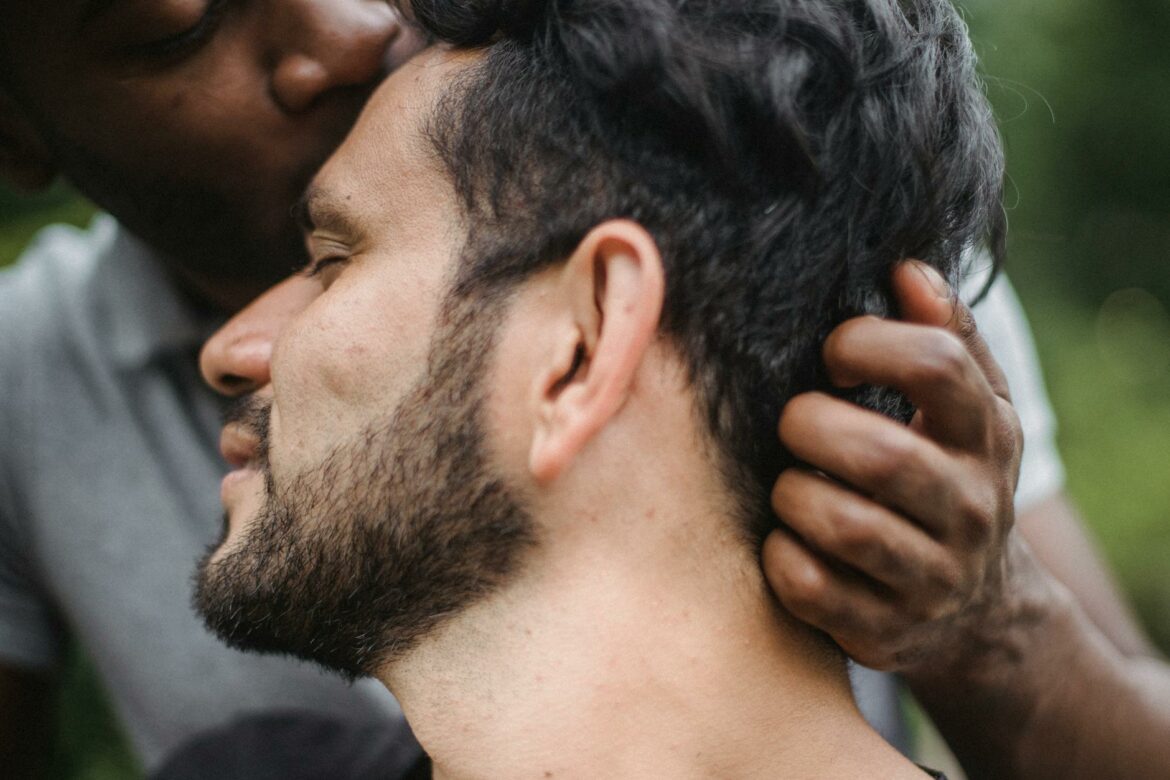The warm glow of a smartphone illuminates a dimly lit room as a group of friends giggles at yet another absurd meme–a cat wearing sunglasses with the tagline, “Me when I realize it’s Friday.” In 2025, meme curation has evolved from a haphazard collection of images and text into a sophisticated craft, blending art and technology in ways that are both entertaining and informative. As we dive deeper into this new era, one question looms large: how do the curators sift through endless waves of content to find the nuggets that resonate with audiences?
Gone are the days when memes were merely a fun distraction. Today, they serve as a lens through which social trends, political discourse, and cultural nuances are viewed and critiqued. The landscape of meme curation in 2025 is shaped by a set of guidelines that have emerged in response to increased demand for authenticity and engagement. These directives offer a clear framework for those looking to navigate the complex world of online humor.
To begin with, context is king. A meme divorced from its original setting risks becoming just another meaningless image. The most successful curators understand the importance of framing; they contextualize memes within current events, viral challenges, or cultural phenomena. It’s not just about reposting a funny picture with a clever caption; it’s about placing it within a narrative that speaks to the zeitgeist of the moment. They also prioritize sourcing their material; memes that originate from trending sources or creators tend to gain traction faster than those that don’t.
Another crucial aspect of effective meme curation is audience awareness. The best curators don’t just create content; they engage with their community, responding to comments, and adapting their style based on audience feedback. They keep a finger on the pulse of what resonates with their followers, using analytics tools to gauge performance metrics. Do your followers prefer humor that leans into absurdity, or are they drawn to memes with a satirical edge? This awareness allows curators to tailor their output to meet the evolving tastes of their viewers.
Visual aesthetics have also taken center stage in 2025. Quality matters, and dull, pixelated images won’t cut it anymore. Curators now pay careful attention to color palettes, typography, and overall design elements; a cohesive visual style can elevate a meme from a simple joke to a shareable piece of art. This shift also highlights the importance of accessibility–memes that are visually engaging are likely to attract a broader audience. Thus, curators are advised to pay attention to the elements of design that can make or break a meme.
Equally important is the need to embrace diversity in curation. In a world increasingly aware of social justice issues, meme curators must consider representation. A meme that perpetuates stereotypes or excludes certain voices risks backlash and alienation. Curators should actively seek out diverse perspectives and ensure their content reflects a myriad of experiences and viewpoints. This not only enriches the meme itself, making it relatable to a broader audience, but also fosters a sense of community among followers.
For those looking to curate memes on a personal account, the approach differs quite significantly from someone managing a brand’s social media presence. Personal curators often have more freedom to be playful and experimental, embracing niche humor that connects with a specific audience. In contrast, brand curators must tread carefully, ensuring that their selections align with corporate values and public perception. A meme that plays well in the personal realm might come off as tone-deaf when presented by a corporation.
The role of technology in meme curation cannot be overlooked. In 2025, AI-driven tools are being used not just for content creation but also for analyzing audience behavior and trends. Curators have access to real-time feedback, allowing them to pivot and adapt their strategies on the fly. Imagine a tool that alerts you when a particular format or theme is gaining traction, enabling you to jump on the trend before it becomes stale. This kind of agility is essential in a fast-paced digital landscape where relevance is fleeting.
However, with great power comes great responsibility. The ease with which memes can be created and disseminated also opens the door to misinformation and harmful content. Curators must navigate this minefield with care, ensuring that they verify facts and sources before sharing. Just one misleading meme can have far-reaching consequences, further complicating the delicate dance of humor and responsibility.
In an age where the impact of memes can influence public perception and even electoral outcomes, the line between humor and propaganda becomes increasingly blurred. This complexity demands a heightened sense of ethics from curators. They should ask themselves: am I contributing positively to the conversation, or am I simply seeking clout? The choices they make can shape discourse in significant ways.
The future of meme curation isn’t just about making people laugh; it’s about creating a dialogue. The most adept curators skillfully blend humor with meaning, sparking conversations about societal issues while still keeping their audience entertained. The ability to evoke thought while eliciting laughter is what separates a skilled curator from the rest.
Whether you’re curating for personal enjoyment or a professional platform, staying mindful of these evolving dynamics is crucial. Adaptability, creativity, and ethical considerations must take precedence if one hopes to thrive in the meme culture of 2025. The future doesn’t just demand funny images; it calls for insightful commentary wrapped in a clever package.
As we move further into this new era of meme curation, it’s evident that the landscape is as fluid as ever. Those who master the fusion of humor, context, and social responsibility will undoubtedly stand out in a crowded digital marketplace. The memes of tomorrow will not only entertain but will also hold a mirror to society, challenging us to reflect on our beliefs and interactions in this chaotic, interconnected world.

